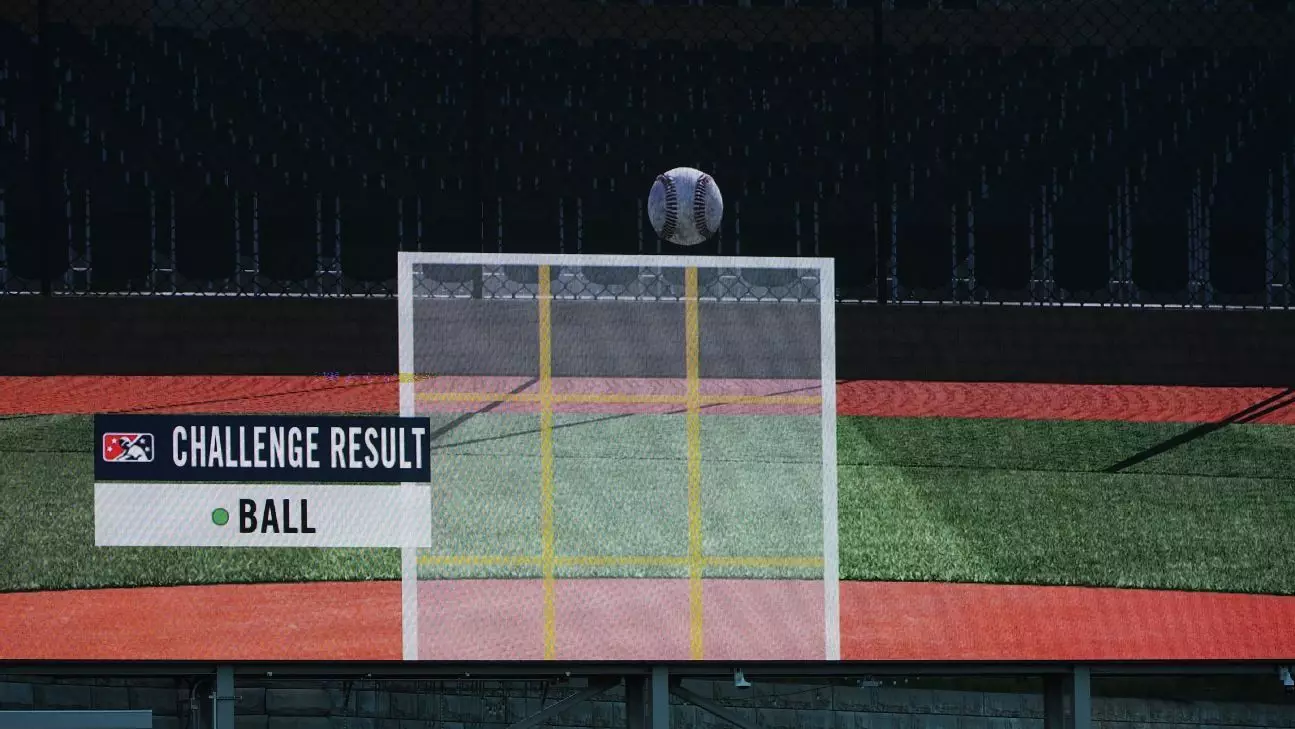The landscape of Major League Baseball (MLB) is on the brink of significant transformation, driven by ongoing innovations aimed at refining the game. Recently, the league announced a move towards the implementation of an automated ball-strike (ABS) challenge system during the upcoming spring training, a precursor to potential regular season applications. This initiative is part of MLB’s broader agenda to modernize the game while balancing the essence of traditional baseball. As the sport tests this advanced system in various stadiums, the implications for players, coaches, and fans are profound.
The scheduled trials, set to unfold in thirteen spring stadiums across both the Cactus and Grapefruit Leagues, will utilize this challenge system structurally. Teams will receive two challenges per game, a mechanism aimed at blending technology with player agency. Only the batter, catcher, or pitcher can instigate a challenge, which must be executed immediately after a call is made by the umpire. This rapid response underscores the importance of maintaining the game’s pace while incorporating modern technology.
Each decision made through this automated system will be transparently shared with the audience, ensuring that spectators both in the stands and at home are privy to the outcome. Visual displays will present whether a challenged call has been upheld or overturned, enhancing the overall viewing experience. The establishment of this system is not merely a technical upgrade; it serves as a conduit for deeper engagement between the players and the fans.
Five dual-team stadiums in Arizona and eight in Florida are set to host the challenge system this spring, with both leagues participating fully. These venues have been strategically chosen to collect comprehensive data, which will form the foundation for future decisions regarding the system’s viability in regular season play commencing potentially in 2026. By trialing this technology in various ballparks, MLB aims to ascertain the system’s effectiveness and acceptance among its players and fans.
An essential aspect of this system is the feedback loop it establishes through constant monitoring and evaluation during games. The data gathered will inform not just whether ABS can be integrated into the major league but also how it might influence game dynamics from player strategies to umpiring techniques.
Observations from the minor leagues have revealed that players and fans alike favor the challenge system over a fully automated strike zone. By retaining the option for human judgment, the league believes it enhances the integrity of the game. Notably, the challenge system also preserves traditional elements, such as the subtleties of pitch framing by catchers—a skill that could be eclipsed in a fully automated environment.
Past experiments indicated an overturn rate of approximately 50% on challenged calls, signaling the system’s ability to introduce a level of scrutiny that some players may find beneficial. With an average of 3.9 challenges per game in minor league trials, the challenge system aligns well with contemporary baseball’s strategic intricacies.
As MLB embarks on this experimental initiative, the competition committee plays a pivotal role in shaping the future of the challenge system. Following the spring trials, extensive discussions with stakeholders—including players, coaches, and umpires—will be integral to determining the system’s fate. The committee’s conclusions will likely hinge on the quality of data collected, players’ sentiments, and overall game impact.
The commencement of the challenge system during spring training represents a bold step forward for MLB as it strives to strike a delicate balance between maintaining tradition and embracing modern technology. The initial game featuring this system, with teams like the Dodgers and Cubs, will serve as a powerful symbol of this new direction. As this journey unfolds, all eyes will undoubtedly be on how effectively the challenge system alters the fabric of baseball while enriching the experience for players and fans alike. As we await the results, one thing remains clear: the future of baseball is poised for innovation.


Leave a Reply